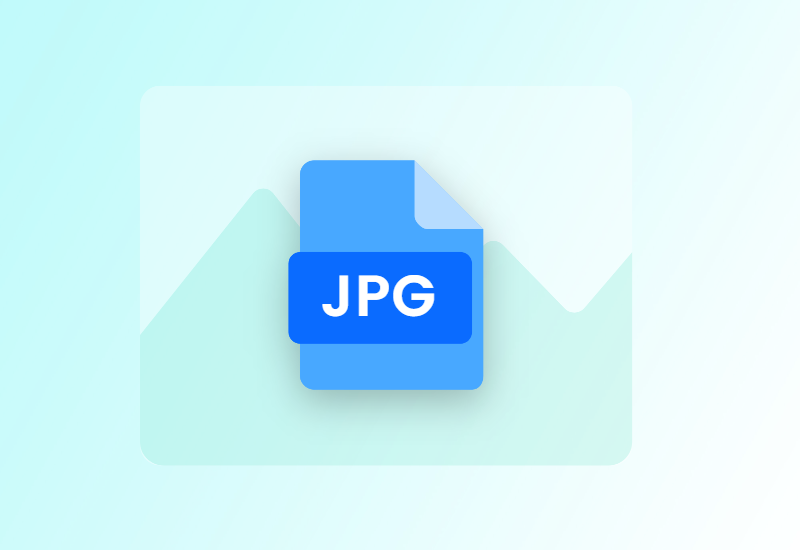In the good sized international of virtual documents, pix reign preferrred. From taking pictures loved recollections to sharing informative graphics on line, visuals play a critical position in our digital lives. And at the coronary heart of this visible realm lies the JPG format, a easy but powerful manner to save and share photos.
Standing for Joint Photographic Experts Group, JPG is a broadly used photo layout acknowledged for its efficient compression talents. This compression magic shrinks down the dimensions of an picture file with out sacrificing too much fine, making it perfect for numerous packages.
The Balancing Act of Compression
Imagine a picture overflowing with information – shades, textures, and minuscule versions in mild. Storing such an picture uncompressed could gobble up a widespread quantity of garage space. This is wherein JPG compression is available in. It discards some of the much less important details, ensuing in a smaller file length.
The beauty of JPGs lies inside the capacity to govern the compression level. A higher compression ratio creates a miles smaller file, ideal for sharing images on line or storing massive collections of pix. However, this accelerated compression can introduce noticeable artifacts, like blurry edges or blocky styles, if driven too some distance.
Where JPGs Shine
Due to their compact length and compatibility, JPGs are the move-to layout for:
- Digital Photography: Most cameras capture images in JPG layout through default, putting an amazing balance among photograph satisfactory and report size.
- Sharing Images Online: Smaller JPG file sizes ensure quicker loading instances for internet pages and social media structures.
- Email Attachments: Attaching JPGs to emails is a breeze compared to sending cumbersome, uncompressed image documents.
JPG Limitation
Lossy Compression: Unlike a few different picture codecs, JPG compression is "lossy," meaning some picture records is completely discarded all through compression. This makes JPGs a terrible choice for pix with sharp lines, text, or images wherein preserving precise details is crucial.
Choosing the Right Format: JPG vs. Others
While JPGs are brilliant for ordinary photographs, different image formats cater to precise needs:
- PNG (Portable Network Graphic): Ideal for graphics with sharp lines and textual content because of its lossless compression, which preserves all picture information.
- GIF (Graphics Interchange Format): Popular for creating animated images with a restricted coloration palette.
JPGs are the flexible workhorses of the virtual image international. Their efficient compression and great compatibility cause them to the suitable preference for sharing photographs, storing virtual camera photos, and displaying visuals on-line. By knowledge the change-offs among compression and satisfactory, you may leverage JPGs to correctly manage your virtual picture collection.
